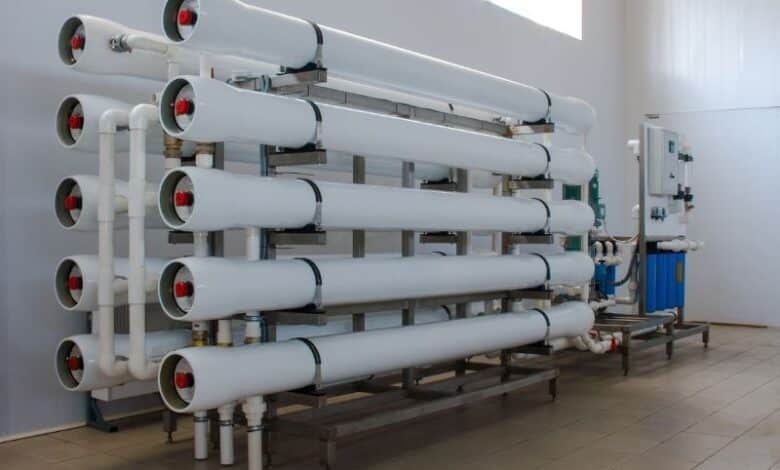
Reverse osmosis (RO) is a water purification process that has gained widespread use for both industrial and residential applications. The process involves the use of a semi-permeable membrane to remove ions, molecules, and larger particles from water. This technology is particularly effective in removing contaminants such as salts, bacteria, and other impurities, making it a popular choice for improving water quality.
In a reverse osmosis system, water is pushed through a semi-permeable membrane under pressure. This membrane allows only water molecules to pass through, while filtering out impurities based on their size and molecular structure. The purified water is collected on one side of the membrane, while the concentrated contaminants are flushed away. This process typically requires a significant amount of pressure to overcome the osmotic pressure and force the water through the membrane.
Reverse osmosis systems are used in a variety of applications, ranging from desalination of seawater to providing clean drinking water in homes. In industrial settings, RO systems are used to purify water for boiler feeds, pharmaceutical production, food processing, and wastewater treatment. Residential RO systems are commonly installed under kitchen sinks to provide purified drinking water directly from the tap, removing up to 99% of contaminants.
A typical reverse osmosis plant system consists of several key components, including a pre-filter to remove sediment and chlorine, a semi-permeable membrane where filtration occurs, a post-filter to improve taste and remove any remaining contaminants, and a storage tank for purified water. The system also includes a pressure pump to facilitate the flow of water through the membrane, ensuring efficient purification.
One of the main advantages of reverse osmosis systems is their ability to produce high-quality drinking water that is free from most contaminants. They are also relatively low-maintenance compared to other water treatment methods, requiring periodic filter changes and membrane replacements. However, RO systems can be inefficient in terms of water usage, as they produce a concentrated brine stream that must be disposed of properly.
Reverse osmosis technology continues to play a crucial role in water purification, offering an effective solution for both industrial and residential water treatment needs. By understanding how reverse osmosis systems work and their applications, consumers and businesses alike can make informed decisions about implementing this technology to ensure access to clean, safe drinking water.
